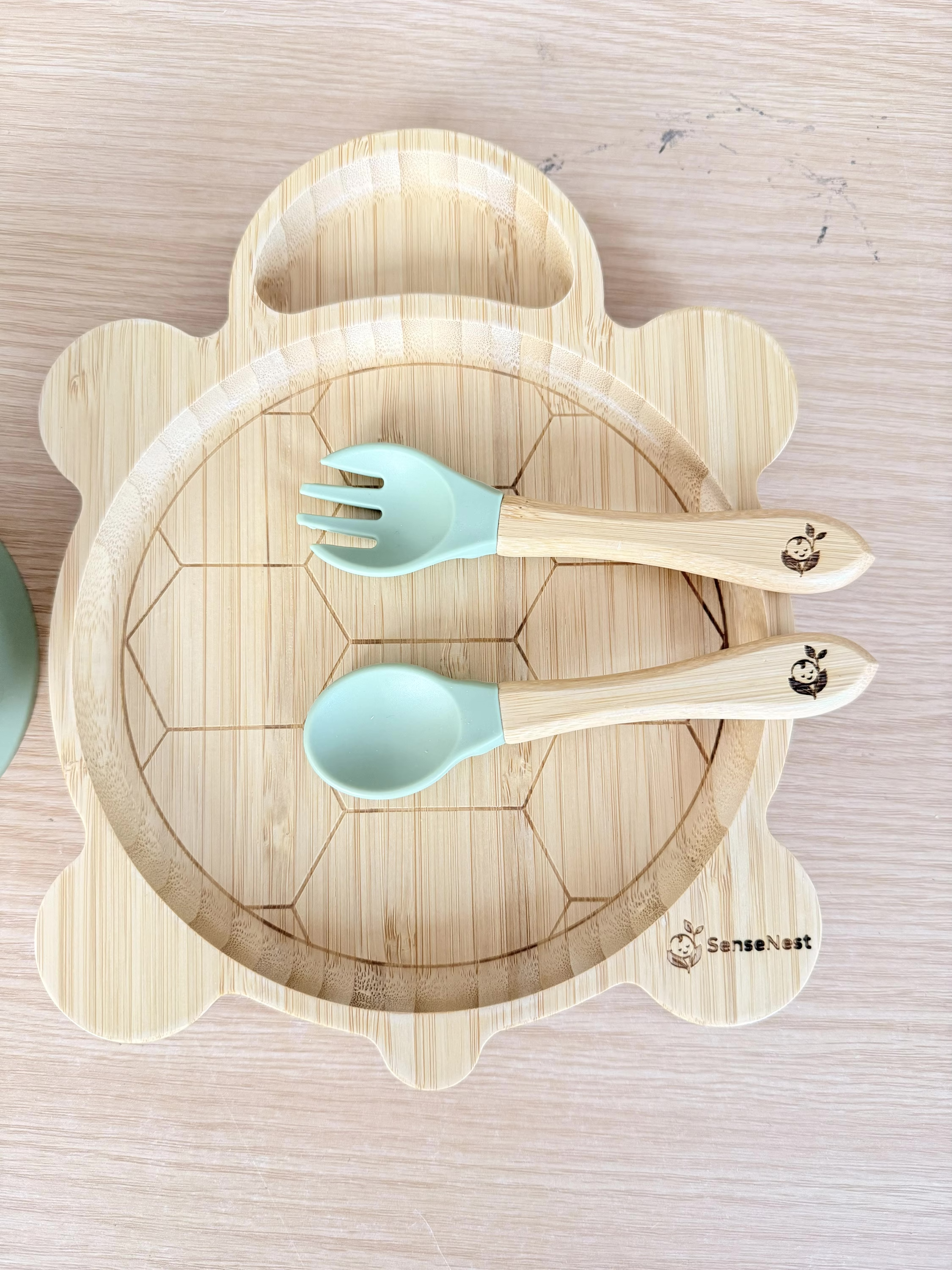Essential Weaning Tips for First-Time Parents
Starting your baby's weaning journey is like opening the door to a world of flavors and textures that will spark curiosity and joy in your little one. As a first-time parent, this transition from milk to solid foods can seem daunting, but with a few handy weaning tips, you'll be off to a great start. We'll chat about recognizing those signs of readiness that show your baby is eager to explore new tastes and share some scrumptious baby food recipes that make introducing solids a breeze. From squishy purees to tiny finger foods, mealtime ideas can be both fun and nutritious, helping to build healthy eating habits right from the beginning. So grab a spoon, and let’s make this phase a delightful adventure for both you and your baby! For more insights, you can check out helpful resources on starting solid foods.
Starting the Weaning Adventure
Embarking on the weaning journey with your baby is an exciting milestone. It's a time filled with curiosity and exploration as your little one begins to experience the delights of solid foods. Here, we'll discuss how to recognize when your baby is ready to start weaning, which foods to introduce first, and how to identify their preferences.
Signs Your Baby is Ready
Recognizing when your baby is ready for solid foods can make the transition smoother. Look for these signs of readiness:
-
Good head control: Your baby should be able to sit up with minimal support, maintaining a steady head position.
-
Interest in food: If your baby watches you eat or reaches for your food, they might be ready to try solids.
-
Reduced tongue-thrust reflex: When the reflex that pushes food out of the mouth diminishes, it's a good indicator.
These signs are important to ensure your baby's safety and to make the introduction of solids a positive experience. For more details, check out resources on starting solid foods.
Introducing Solids: First Foods to Try
Choosing the right first foods can set the stage for a lifetime of healthy eating habits. Begin with simple, single-ingredient foods that are easy to digest.
-
Pureed vegetables: Start with mild flavors like carrots or sweet potatoes.
-
Mashed fruits: Bananas and avocados are great first choices.
Introduce new foods gradually and wait a few days between each new food to monitor for any allergic reactions. Healthy Parents Healthy Children offers more guidance on introducing solids.
Recognizing Baby's Preferences
As your baby begins to explore solid foods, you'll notice they have preferences. Pay attention to their reactions to different flavors and textures.
-
Observe their facial expressions. A scrunched face might mean they need time to adjust.
-
Watch for signs of enjoyment, like reaching for more or smiling.
It's important to offer a variety of foods to help them develop a broad palate. The Mayo Clinic provides tips on how to recognize and adapt to your baby's preferences.
Exploring Textures and Flavors
Textures and flavors play a significant role in a baby's weaning journey. This section will explore the benefits of introducing varied textures, how to encourage new flavors, and how to adjust to your baby's reactions.
Benefits of Varied Textures
Offering a variety of textures helps develop your baby's chewing skills and supports oral development. Purees, mashed foods, and eventually soft finger foods are essential stages.
-
Purees: Smooth textures are ideal for beginners.
-
Mashed foods: Gradually introduce lumpier textures.
-
Soft finger foods: Encourages self-feeding and motor skills.
Varied textures also keep mealtime interesting, promoting a more adventurous eater. Check out CDC's guide for more information on textures.
Encouraging New Flavors
Introducing new flavors can be an enjoyable experience for both you and your baby. Start with naturally sweet vegetables and fruits, then move to more complex flavors.
-
Start with sweet flavors: Like sweet potatoes and pears.
-
Introduce bitter or savory options: Such as broccoli or peas.
-
Mix flavors: Combine a new taste with a familiar one.
Be patient; it may take several tries before your baby accepts a new flavor. Keep experimenting with different combinations.
Adjusting to Baby's Reactions
Every baby reacts differently to new foods. It's important to stay patient and flexible as they adjust to solids.
-
Watch for signs of discomfort: Such as gagging or spitting out food.
-
Offer small portions: To avoid overwhelming them.
-
Encourage exploration: Allow them to touch and play with food.
Remember, it's all about making mealtime a positive experience. For more tips, visit Healthy Children.
Making Mealtime Fun
Turning mealtime into an enjoyable experience can foster a love for healthy eating. With easy recipes, creative ideas, and a focus on fostering good habits, you’ll make each meal a delightful event.
Easy Baby Recipes
Creating simple, nutritious baby recipes at home can be fun and rewarding. Here are a few ideas to get started:
-
Banana and Avocado Mash: Mix ripe avocado and banana for a creamy, nutrient-rich meal.
-
Carrot and Sweet Potato Puree: Steam and blend for a sweet, smooth dish.
-
Apple and Pear Compote: Cook and puree for a naturally sweet treat.

These recipes are designed to introduce your baby to a variety of flavors and nutrients.
Creative Mealtime Ideas
Inject some fun into mealtime with creative presentations and interactive eating.
-
Use colorful plates and utensils to make meals visually appealing.
-
Encourage self-feeding with soft finger foods.
-
Create fun shapes with food cutters for added interest.

These ideas help keep your baby engaged and excited about eating.
Fostering Healthy Eating Habits
Establishing healthy eating habits early can have lifelong benefits. Here are some tips to ensure your baby develops a love for nutritious foods:
-
Be a role model: Eat a variety of healthy foods yourself.
-
Offer balanced meals: Include fruits, vegetables, and proteins.
-
Avoid pressure: Let your baby decide how much to eat.

By focusing on these practices, you'll help your baby develop a positive relationship with food.




Leave a comment
All comments are moderated before being published.
This site is protected by hCaptcha and the hCaptcha Privacy Policy and Terms of Service apply.